 |
|
|
|
|
|
Top Garden Designs in the World
|
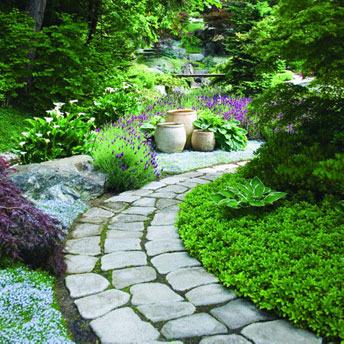
|
|
Garden Design is simply the art of designing the layout and planting of gardens. This is not a complicated science and doesn't often require the experience and expertise of a professional and can be easily done by the garden owner themselves. The professionals bring with them their profound knowledge and experience in principles of design and horticulture while some even have formal training in designing landscapes. The amateurs too have gained hours of experience by working extensively in their own gardens or through serious study. For those gardening enthusiasts who have interest in garden design, well, it requires only your interest to learn a few elements of garden design.
|
Elements of Garden Design
The main aim of designing a garden is only the fulfillment of the needs, goals and desires of the garden owner whether done by an amateur or professional and hence it requires following certain principles that helps in effective designing. These elements comprise the layout of hard landscape like paths, sitting areas, water features, walls, decking and the plants to be used along with their horticultural requirements, their seasonal appearances, growth pattern, speed and size of growth, lifespan and also their ability to combine with the landscape and other plants. Designers should also give due consideration to the maintenance requirements of the garden which includes the time or funds required for timely maintenance which in turn affects the selection of plants regarding their growth speed, bloom time, spreading, seeding etc.
The primary consideration in garden design is the use of the garden and then comes the desired style and the way the garden will be connected to the structures around including home. But all these considerations are subject to budget limitations and the time available for the designing. The budget constraints can be addressed by going for a simpler garden design that embraces fewer plans and cheaper landscape materials, quick growing plants etc. Also garden owners could create the garden over a span of time section by section.
|
1) Formal Garden
Formal gardens in the western tradition are well ordered garden laid with geometric and symmetric lines. The hedges and lawns must be neatly clipped and shrubs, trees and foliages must be arranged carefully. The simplest formal garden comprises of a box-trimmed lining that embraces a well laid flower bed having a geometrical shape and the elaborate ones include statuary, pathways, fountains etc. A formal garden includes features like terrace, topiary, hedge, bosquet, pergola, pavilion, landscaping etc.
|
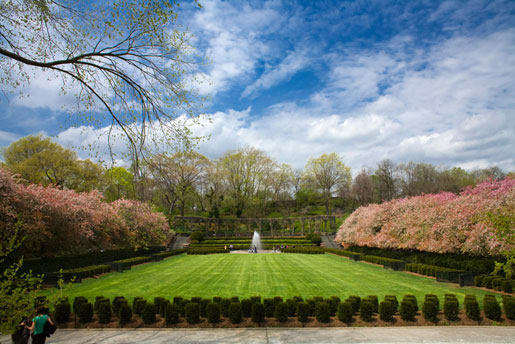
|
2) Cottage Garden
Cottage gardens use traditional material, dense plantings within an informal design and it includes ornamental and edible plants as well. It is a practical design which laid more stress on herbs, vegetables and also some fruits and even bee hive and livestock. Nevertheless modern day cottage gardens lay more emphasis on flowers.
|
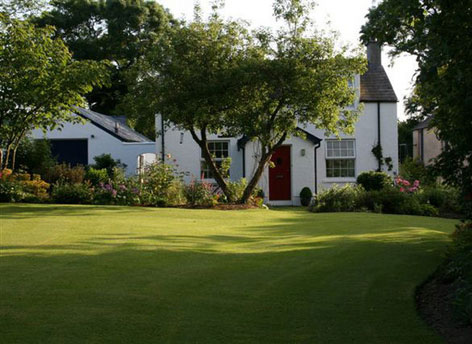
|
3) Residential Garden
Residential or domestic gardens are the most common types of gardens as they are found closer to the residences in the front or back garden. The front gardens are subject to difficulties of convention and law and so made as a formal space. The residential gardens could feature either a particular type of plant or certain special features like rock or water features. Certain residential gardens are also used for growing vegetables and herbs and hence are important for sustainability.
|
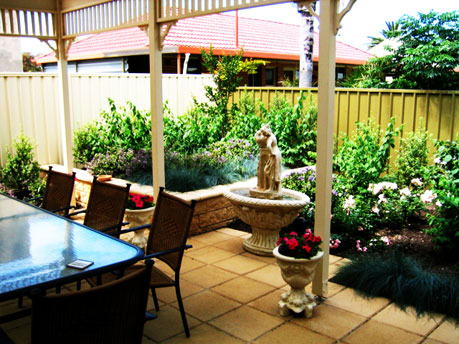
|
4) Kitchen Garden or Potager
The kitchen garden popularly known as potager is a space separate from the ornamental plants and lawn areas of the residential garden. It could be a landscape feature though it is mainly used as a source of herbs, fruits, vegetables and flowers. Kitchen garden designs are based on geometric patterns and have year round visual beauty.
|
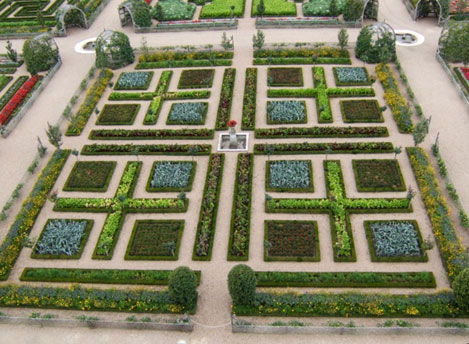
|
5) Shakespeare Garden These gardens are themed gardens that use plants mentioned in the works of celebrated playwright William Shakespeare. Usually these are public gardens associated with Shakespeare festivals and parks. These gardens are places of educational and cultural interest and also serve as wedding locations. The garden usually has dozens of species arranged in geometric pattern with boxwood dividers.
|
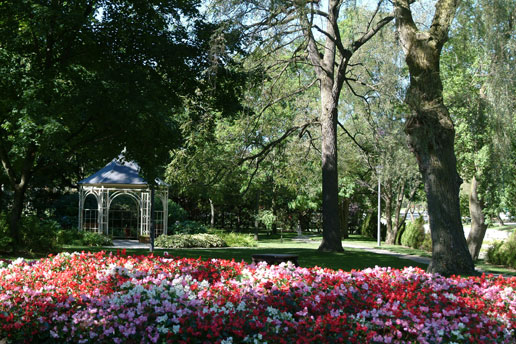
|
6) Rock Garden
Rock gardens are more popularly known as rockery or alpine gardens and uses rocks or stones extensively along with plants that are native to such conditions. Usually the rock garden plants are small and don't cover up the rock. The popular design comprises aesthetical arrangement of piles of rocks both large and small with gaps in between that accommodate the plants. Some gardens also use bonsai plants.
|
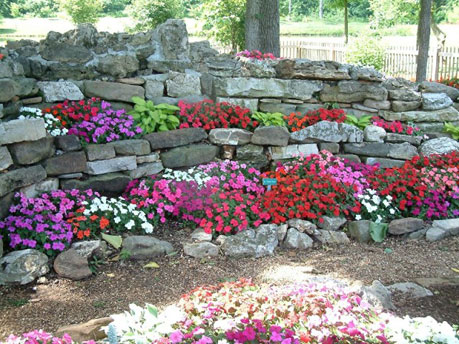
|
7) Japanese Garden
Japanese gardens are popular at private homes, city parks and also in places of historical importance like Buddhist temples and castles. The Japanese gardens are mostly rock or dry gardens. The Tea Masters tradition produced refined Japanese gardens that echoed rural simplicity and a different style. The modern Japanese gardens have been made keeping some of the Western settings in the mind.
|
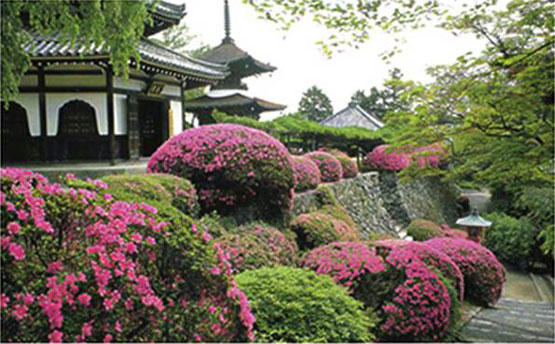
|
8) Contemporary Garden
The contemporary gardens have begun to assume greater importance in UK due to the increase in modern houses with small gardens. This style employs clean design line with greater emphasis on hard landscaping materials like hardwood, stone etc. . Grasses are also extensively used in this design. Lighting effects are an essential part of garden design with subtle lighting effects achieved through LED lights.
|
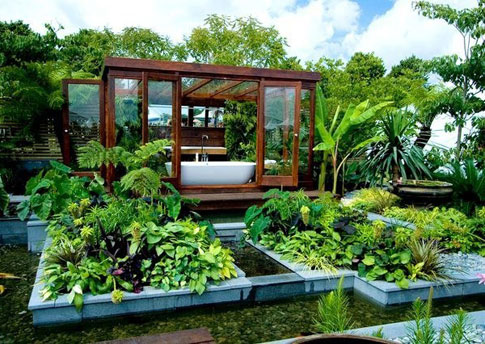
|
|
About Author: This article is donated by V.S. Prashanth Mail ID: gsmith1688@gmail.com, Mobile : 9894259360-INDIA
|
|
|











